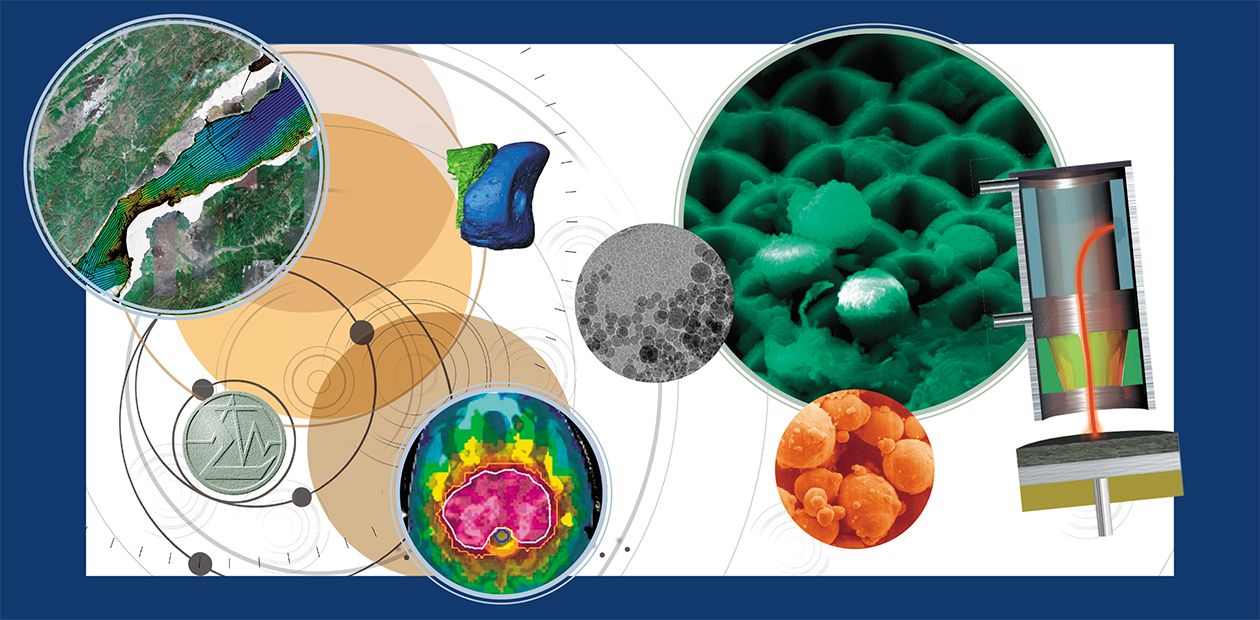A Word in Favor of The Russian Academy of Sciences
Recently, arguments in favor of a radical restructuring of the Russian Academy of Sciences have been fre-quently heard. The alternative proposed is shifting basic research to universities and switching fully to grant financing. Today, it is critically important to demonstrate that the Academy of Sciences is alive and viable, that it continues to obtain highly interesting world-level results and carries out long-term and costly innova-tive projects of great practical benefit. Recently, arguments in favor of a radical restructuring of the Russian Academy of Sciences have been fre-quently heard. The alternative proposed is shifting basic research to universities and switching fully to grant financing. Today, it is critically important to demonstrate that the Academy of Sciences is alive and viable, that it continues to obtain highly interesting world-level results and carries out long-term and costly innova-tive projects of great practical benefit.
In this connection, the editors of the journal have come with an idea to report some of the most important results achieved by the Siberian Branch of the Russian Academy of Sciences (SB RAS) in 2009.
The readers will get acquainted both with basic results published in leading international journals and with the results ready to be put into practice or already implemented. An example of the former is the evidence obtained by the cooperative effort of Russian archaeologists and German paleogeneticists on the existence of, presumably, a new species of Homo sapiens that had appeared somewhat earlier than the Neanderthal and Homo sapiens sapiens. For some time, these three species could have existed on the Earth simultaneously.
An important result that has already been applied to practice is a conceptually new radiation therapy for cancer based on the idea of ion beam cooling by electrons put forward by Academician G. I. Budker as far back as in the 1960s. The electron cooling accelerator made at the Institute of Nuclear Physics, SB RAS, has been successfully used to treat oncological diseases in a province of China. Ion beams are much more efficient and safe as compared with conventional radiation therapy.
It should be noted that, firstly, these results, like many others, have become possible thanks to many years of hard work. Secondly, innovative results cannot be produced on order – they are achieved on the initiative of researchers, in the course of and at certain stages of basic studies. Thirdly, all most prominent advances made recently are the fruit of interdisciplinary, often international, projects.
It would have been impossible to perform this large amount of work through grant financing. Central for making these breakthroughs was many years of steady work – a cradle in which new ideas were born, developed, and thoroughly tested.
This issue of the journal contains a lot of publications by young scientists. As a rule, these are the people involved since their university years in real scientific projects fulfilled at SB RAS research institutes; very quickly, they develop into equal participants of important research. Today, the research institutes of the Siberian Branch have 20 to 30 diploma-students from local universities per 100 researchers.
We do hope that the stories about the success of Siberian science published in the journal SCIENCE First Hand will be of interest to our readers and that they will contribute to developing a better understanding between science, society, and authorities.
Academician М. А. Grachev, Director of the Limnological Institute SB RAS, member of SCIENCE First Hand Editorial Board













